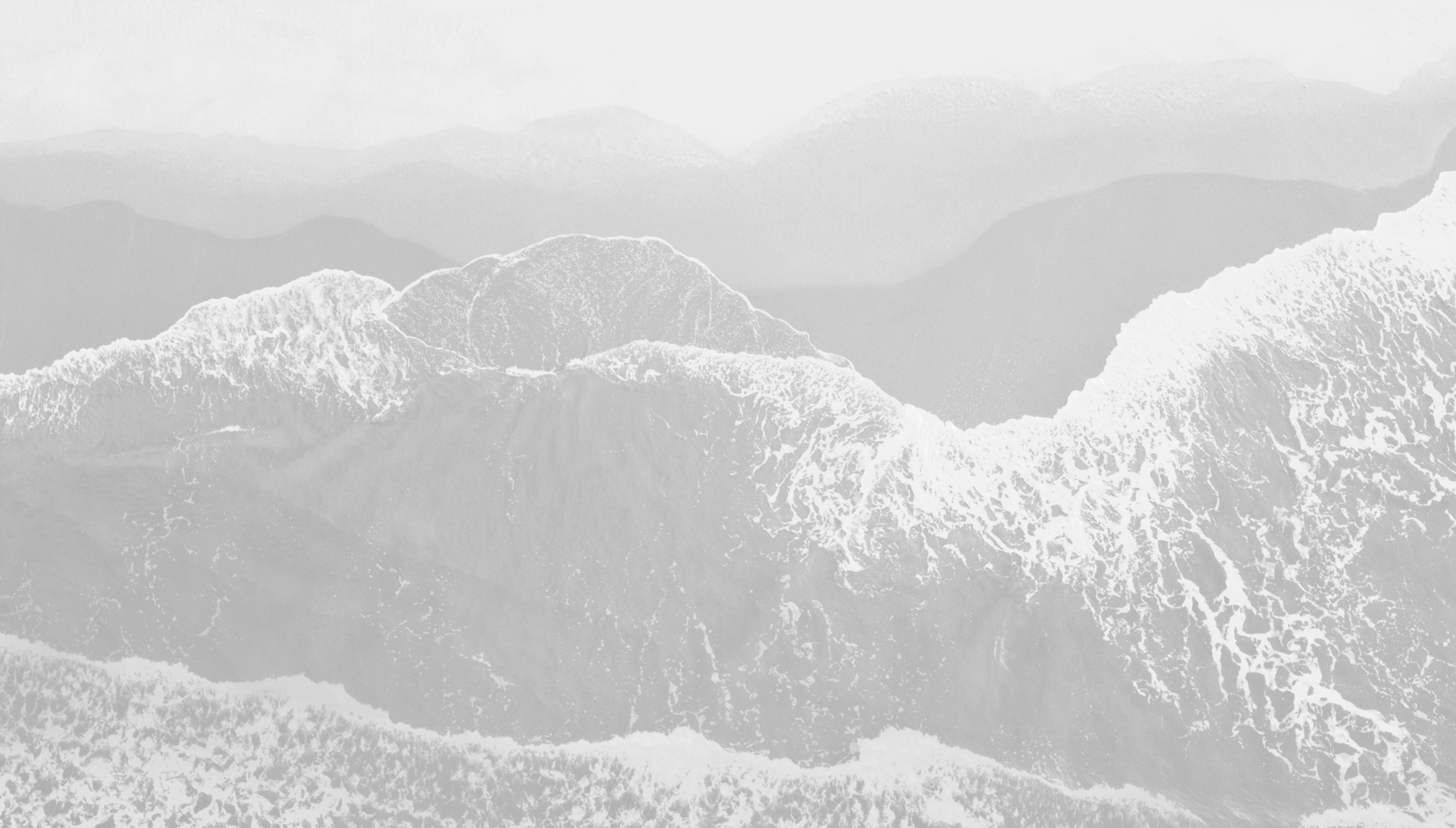Julia Davis, Undercurrent, 2017, 4K video, stereo sound, 11:00 minutes endless loop
Artist: Julia Davis; Camera: Tom Waugh; Drone operator: Rian Taylor; Editor: Blue Lucine, Julia Davis; Sound: Julia Davis, Blue Lucine
Undercurrent is part of an ongoing series of installations that explore the way video can be used to expand understandings of our physical temporal surrounds; how our immersion in time and place affects both the sense of embodiment and the perception of ourselves. This work references desire and vulnerability – of being poised at the edge of a fragile temporal world.
Featured in the Ephemeral Coast exhibition These Waters Have Stories To Tell, 2018, Glynn Vivian Art Gallery, Swansea, UK.
About The Artist
Julia Davis is an Australian artist who works with a wide range of materials and processes including object, photography and video. Her installations are often site-specific and have been installed in salt lakes, deserts, parklands, as well as within galleries and the built environment. She has an MVA from Sydney College of the Arts, 2005, exhibits nationally and internationally and is the recipient of numerous awards. Her work is represented in private and public collections in Australia and Europe.
Artist Statement
My work explores the effects of the passage of time, as it passes and appears as a past within the present. It expands my understanding of the material world, its properties and actions – how I impact and inhabit my environment and in turn, how it influences me. Temporality and duration are key themes throughout my practice.
The work for this exhibition explores the way video can be used to expand understandings of our physical temporal surrounds - our immersion in time and place and how it affects both the sense of embodiment and the perception of ourselves. It references desire and vulnerability - of being poised at the edge of a fragile temporal world.
Landscapes are temporal markers, constantly in flux. Oceans and waterways conceal their tipping points and lineal recording of time under the surface while the surface itself is a site of continual transformation - one that constantly transforms in response to weather and atmosphere. Climate change and the ephemeral nature of coastlines are a given. For me, it’s not a question of reinforcing this fact but how to stimulate and awaken sensibilities and question how we live in the world.
Julia Davis, Consilience: as the world turns, 2013-14, time-lapse HD video, stereo sound. 07:49 minute loop.
Concept/ Performance: Julia Davis; Camera: Alex Chemey; Composit: Matt Fezz; Sound: Paul Huntingford, Julia Davis.
Consilience: as the world turns (2013/14) explores the effect of time on understandings of the body in relation to landscape and how this underpins our sense of self and place. She often works in ‘active’ landscapes such as deserts, volcanic areas, coastal precincts and salt lakes and is interested in the idea that landscape is cultural space – a space informed by and informing culture. In geological time, the landscape moves, pulses and crashes in processes of coming into and out of existence. The ‘active’ places she refers to mirror the fragile human experience of movement, instability, rhythm, reflection and change. In her work, geological time and human perception merge into a single spatial experience and take us closer to a sense of the world as our place.
Featured in Ephemeral Coast, South Wales, 2014, Mission Gallery, Swansea, UK.





